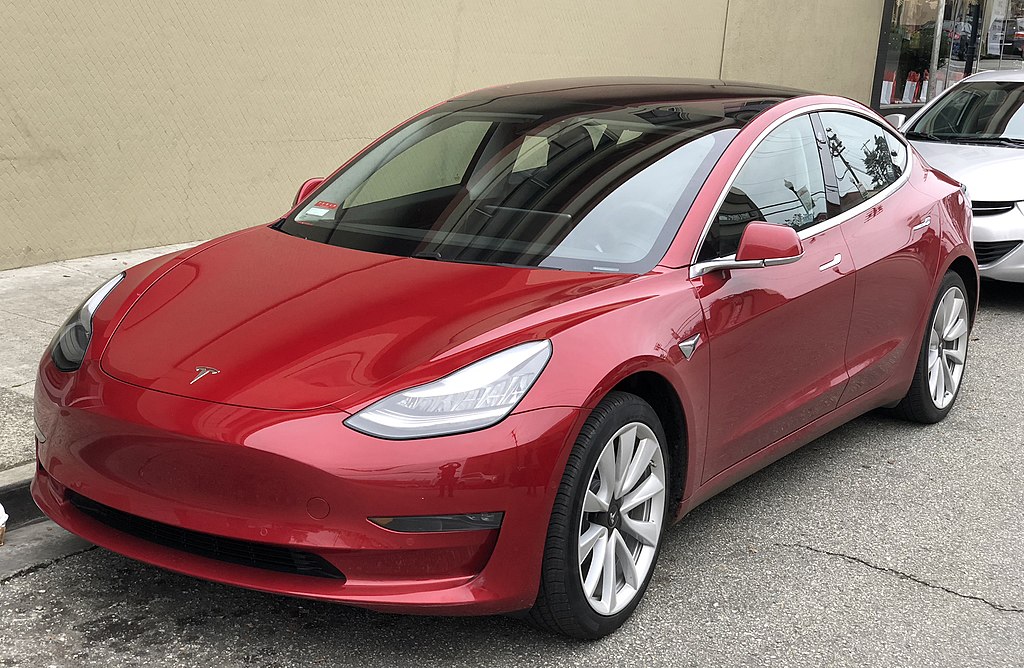High Velocity Innovation opens with the saga of the Tesla 3’s production challenges. In July of 2018, just as I was settling into writing the second draft, Elon Musk gave an interview to Tom Randall of Bloomberg News who asked Musk how this happened. Musk said, “Because we were huge idiots and we didn’t know what we were doing.”*
That quote was just too good not to use in the book, because Musk said out loud what many people say to themselves in the later phases of development. When a new platform gets stuck in endless rounds of rework loops, everyone gets frustrated from the designers and engineers to their partners in marketing, sales to customers and investors.
Every rework loop represents a decision that was taken at the wrong time without enough information. The way to eliminate these loops is to make decisions at the right time with better information, by pulling learning forward.
Be Smarter Than Tesla By Pulling Learning Forward
Tesla attempted to make the leap into fully automated manufacturing without enough knowledge. They didn’t know the limits this strategy would place upon them. They didn’t leverage the knowledge that existed about how to make quality cars at high volume.
The decision to fully automate was made as a key part of the strategy that drove the Tesla 3’s economics, and nothing was done to validate this major assumption before jumping into execution. It was no surprise to industry observers when their vision of a fully automated manufacturing plant failed to materialize.
They ended up hiring many more production workers while multi-million dollar robotics equipment sat idle. They missed one production target after another for the Tesla 3 in 2017 and 2018 while they worked through “production hell” and the strategy yielded to the realities of execution.
High Impact / High Unknown Strategies Need Validation
Automated manufacturing was a key strategy that Tesla relied upon to bring the Tesla 3 to market at an affordable cost. In fact it was so important to Musk’s vision for the product that it was never challenged early in development. Some innovators believe that such bold ideas can’t be challenged because if they were, no one would have the courage to execute them. In truth, good ideas get stronger when knowledgeable people challenge the assumptions behind them.
In the Rapid Learning Cycles framework, we recognize that such major strategic decisions need validation. If fully-automated manufacturing is such a key strategy, then that needs to be stated — as part of the Core Hypothesis. That will trigger the team to validate this strategy by pulling learning forward about automated manufacturing.
The team will identify related Key Decisions about whether and how to automate manufacturing steps that have not been automated in the past. They will figure out when they need to make that decision — probably driven by the lead times to design and build any specialized equipment.
That will help them maximize the time they have to learn, before the decision gets made. They will build models to help them evaluate the economics and technical feasibility of the decision before those decisions need to be made. They will be able to run experiments to learn how to eliminate barriers to automation before designs get finalized.
Even if this knowledge leads to the decision that a specific process will not be automated, the knowledge they’ve built will be useful. When robotics technology develops to the point that these processes can be automated, the team can leverage this learning to make a different decision.
Pull Learning Ahead of Decisions to Get Products to Market Faster
Innovations get to market faster when teams make decisions at the right time with the best available knowledge. Since that’s usually later than the typical teams make decisions, teams have more time to pull learning forward and develop better knowledge.
Tesla was forced to revisit those decisions after a lot of money had been wasted on unusable equipment. In the end, they found that they were able to deliver the car economically with a more rational mix of production workers and automation. But wouldn’t you prefer to know that before writing the purchase order for an expensive tool that will never be used?
To Musk’s credit he acknowledged the problem as he saw it, and worked to fix it. The Tesla 3 has emerged from “Production Hell” into the ground-breaking mass market vehicle it was meant to be.
You can learn from his mistakes to make your path a lot smoother, by making decisions at the right time, with the best available knowledge.
That is what the Rapid Learning Cycles framework encourages teams to do, and that is why the rest of the companies featured in High Velocity Innovation get their best ideas to market faster.
*Randall, Tom. “‘The Last Bet-the-Company Situation’: Q&A With Elon Musk.” Bloomberg News, July 13, 2018. www.bloomberg.com
Photo credit: Carlquinn [CC BY-SA 4.0], via Wikimedia Commons


